What is Food Tourism and Who are Food Travelers?
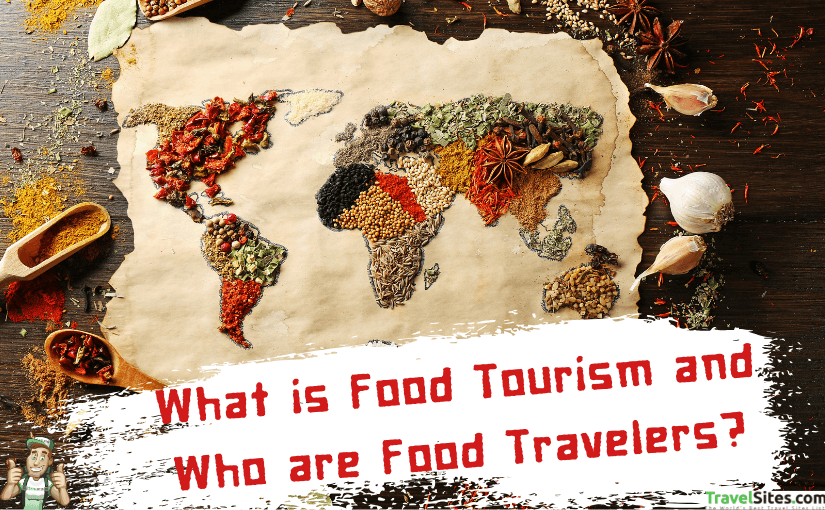
When you travel, what aspects of the experience make you feel closer to the culture and environment in the local area that you’re trying to explore? Is it the scenery? The people you meet? The adventures and attractions they offer? While all of these might factor into how well you understand the unique culture of your destination, the food you eat will be of particular importance.
These days, there are countless travel bloggers, influencers, and enthusiasts that center on the aspect of food tourism. As a rapidly growing endeavor in the world of travel, food tourism is a special pursuit of certain activities that help bring a person closer to a culture by way of their food.
So what exactly is food tourism, why is it important, and who are food travelers? We’re dishing out all the details right here.
Defining Food Tourism
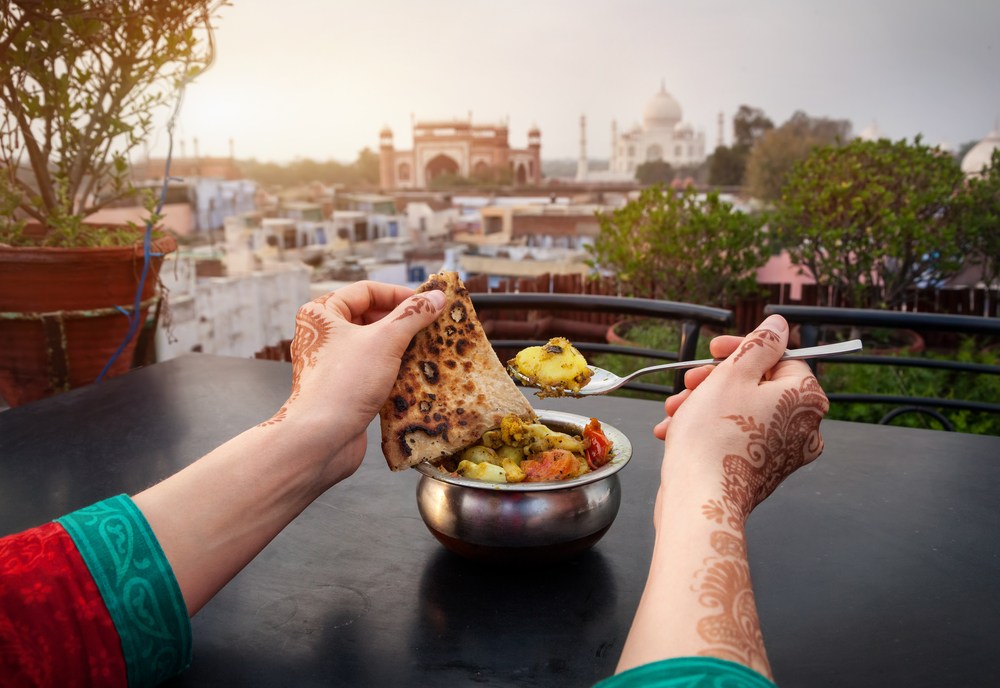
Back in the day, people would travel to unwind, relax, and take a break from reality. Sure, these objectives still exist today and some people still fly out to far off destinations just to be able to say that they got away from it all. But now more than ever, travelers are becoming less relaxed and more aggressive when it comes to their travel experiences. More and more people head out in search of discovery and adventure instead of the want to take a break from everyday life.
The modern-day traveler will tell you that 5-star hotels and lavish top-tier restaurants are all well and good, but to really get to the heart of a culture, it would be wise to take the road less traveled and trek into the local community. Here, you’ll find locals with their handcrafted wares and homecooked food that more accurately represent the ideas, traditions, practices, and culture of the locale.
So in that sense, food tourism isn’t about visiting posh restaurants or sampling dishes at fusion cafes. It’s about enjoying food and beverage that pay homage to the history, culture, and traditions of a local community. It’s traveling by way of food. It’s the discovery of a destinations unique personality by way of exploring the kind of food that they have.
How Does Food Tourism Happen?
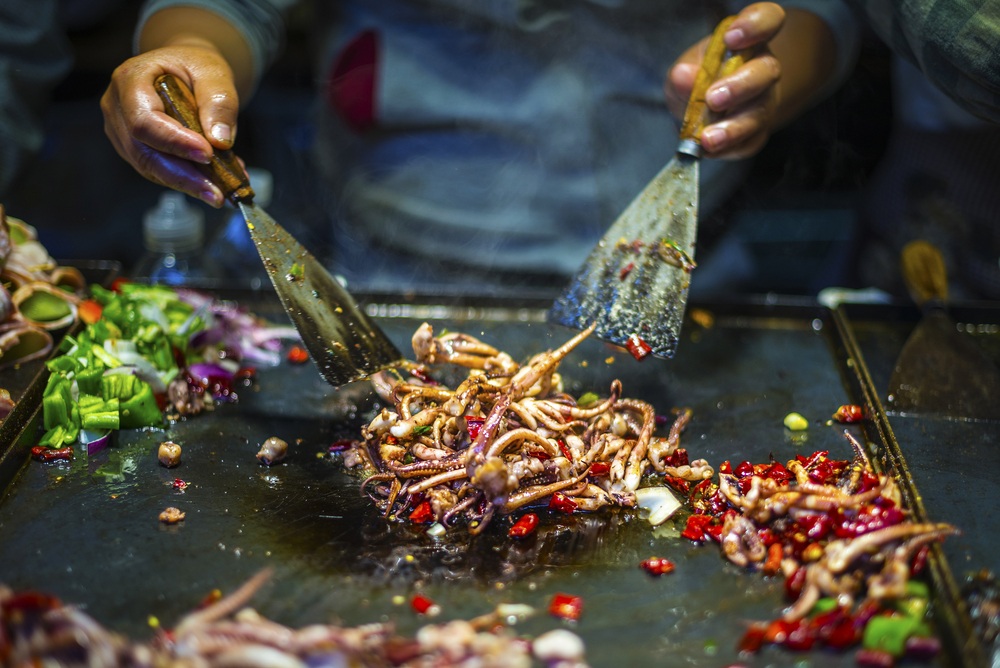
Technical, complicated definitions of the scope and range of food tourism are constantly being debated. But one thing’s for sure – food tourism isn’t a calculated activity. It doesn’t require a big budget, you don’t need to make reservations at some fancy hotel, and you definitely don’t need to maintain your focus on a specific dining experience or type of food.
Whether or not you know it, you’ve probably been a food tourist at some point in your life. There are lots of ways that food tourism can happen, and these can include:
- Walking through a locality’s markets to taste street food
- Dining at a native restaurant and ordering staple local dishes
- Sampling food choices that a specific locality is known for
- Going on a ‘hunt’ for a specific product that’s popular in a destination (i.e. sampling all the authentic ramen you come across during a tour of Japan)
- Visiting locals’ homes to dine with them and taste their home cooked food
- Purchasing local produce and fruit that are native to the locality at their own public market
- Taking up a cooking class where they teach you how to prepare traditional local cuisine
- Paying visits to museums and other exhibits that explain and detail the history of the food in a specific area
Why We Need to Support It
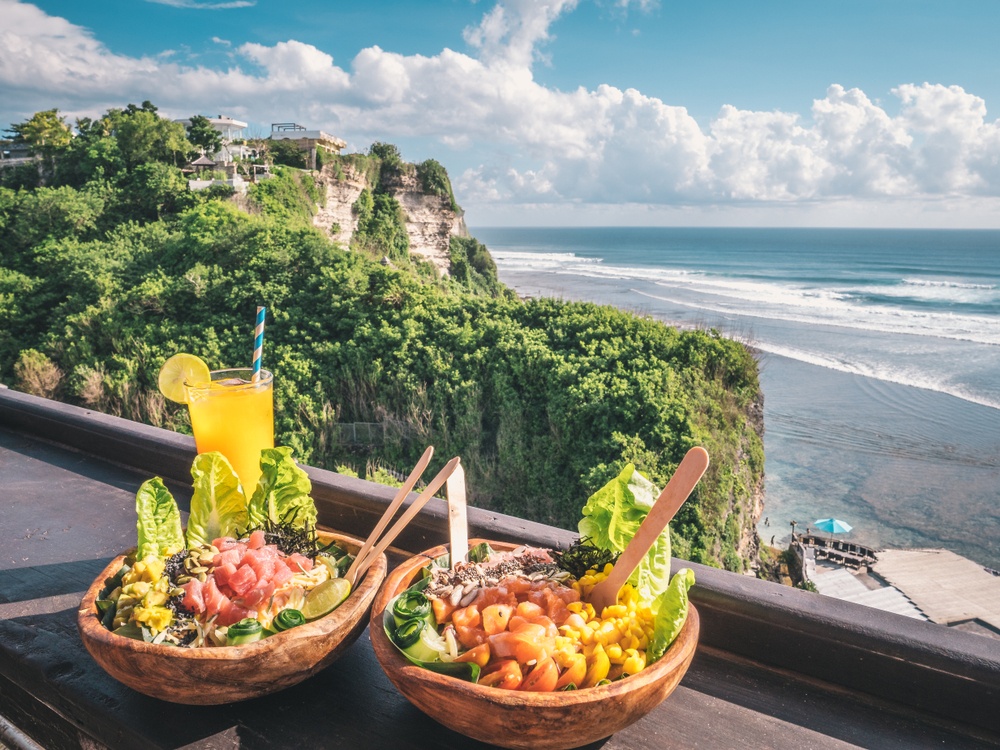
There’s nothing wrong with wanting to try well-known restaurants or even 5-star establishments even if they don’t reflect the culture of the area you’re in. But if you really want to support food tourism, then it would be best to seek out the inner core of the local culinary scene where you’ll find the roots of the destination’s culture.
There are a lot of reasons why you might want to consider making food tourism a bigger part of your next travel plans. Here are some of the biggest benefits of this humble pursuit and why it’s worth supporting:
Boosting the Local Economy
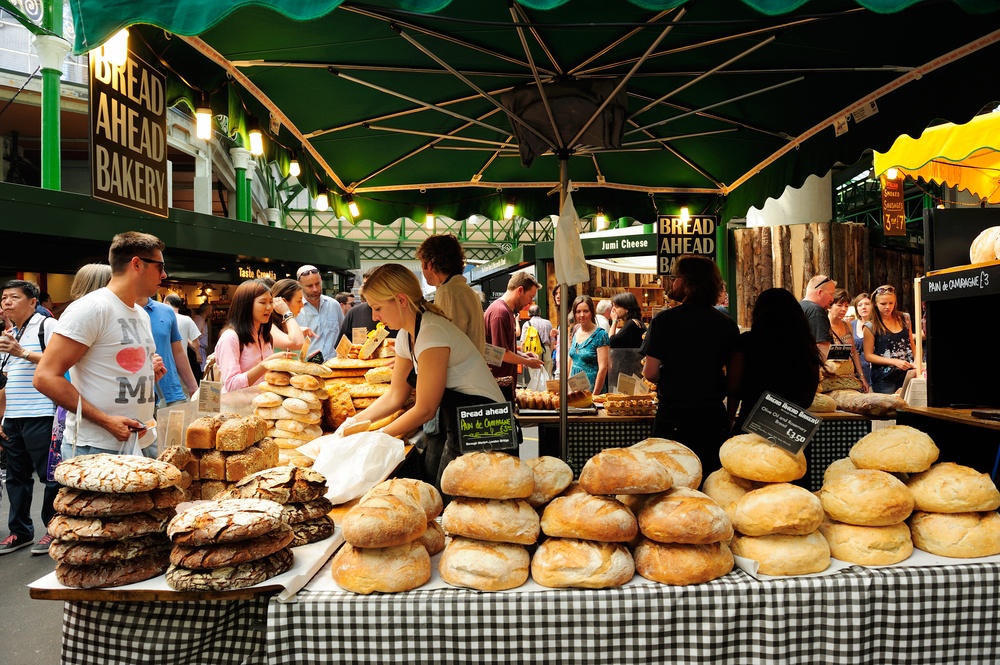
If someone were to visit your hometown and ask you where they could get food that truly encapsulated what it meant to be a local, would you point them in the direction of the nearest McDonald’s? Probably not.
To sample culture through food means visiting establishments where locals prepare food for locals. That includes small kiosks, marketplace stands, street food vendors, and other smaller establishments where their target market isn’t necessarily tourists. Because these places will cater to locals, they’ll typically offer budget-conscious choices featuring the local cuisine.
But aside from offering truly authentic local food, there’s another reason why these establishments are worth supporting. Run by families and small business owners, small local restaurants, food stalls, and kiosks are operated with the purpose of fueling everyday life. When you support these establishments, you can be sure that your money is being funneled into the local economy where it will help to put food on a family’s table, or send a family member to school.
Preserving Local Cultures and Traditions
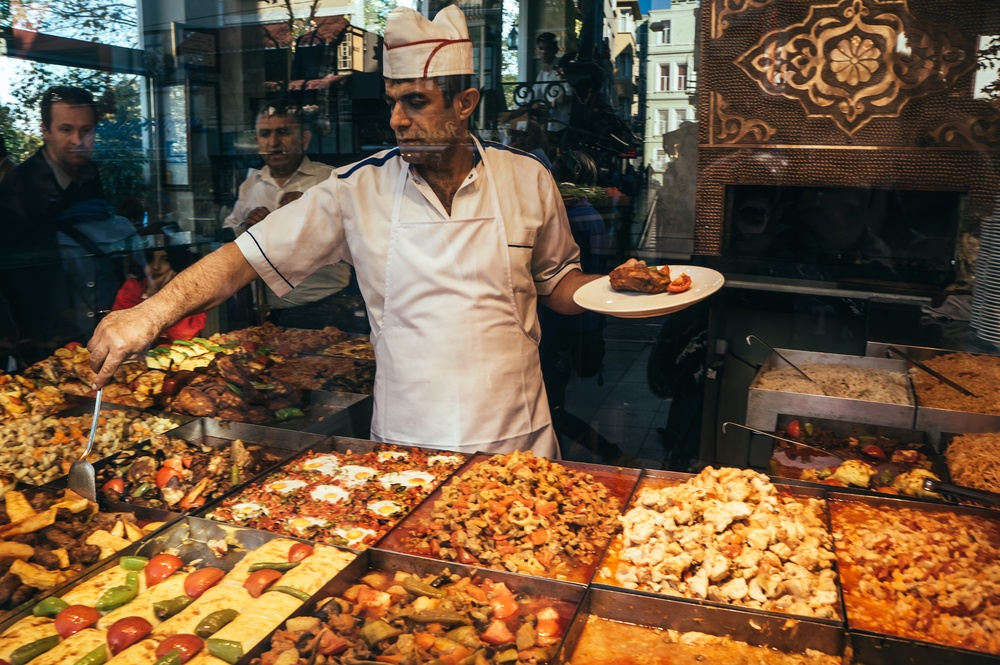
Did you know that tourist activities have a huge impact on local behaviors? It’s true, especially in smaller communities where livelihood is scarce. Locals will tend to bend towards profitable opportunities wherever they see it. And when tourists show these locals that they’re more interested in ‘safe’ food choices that are more familiar to their tastebuds, then locals might stop producing native food in order to cater to the tourist population.
While it might be daring to explore a brand new food item or drink that you’ve never tried before, the process of simply taking interest in what the locals have to offer helps preserve their cultures and traditions. Showing support for the unique personality of their food encourages them to keep these recipes and practices alive.
Whenever you’re in a new destination, don’t be afraid to take that gastronomical leap. When locals see that you’re willing to spend on the food that they themselves enjoy, then they have more reason to maintain their menu to reflect local tradition.
Fortifying Local Agriculture
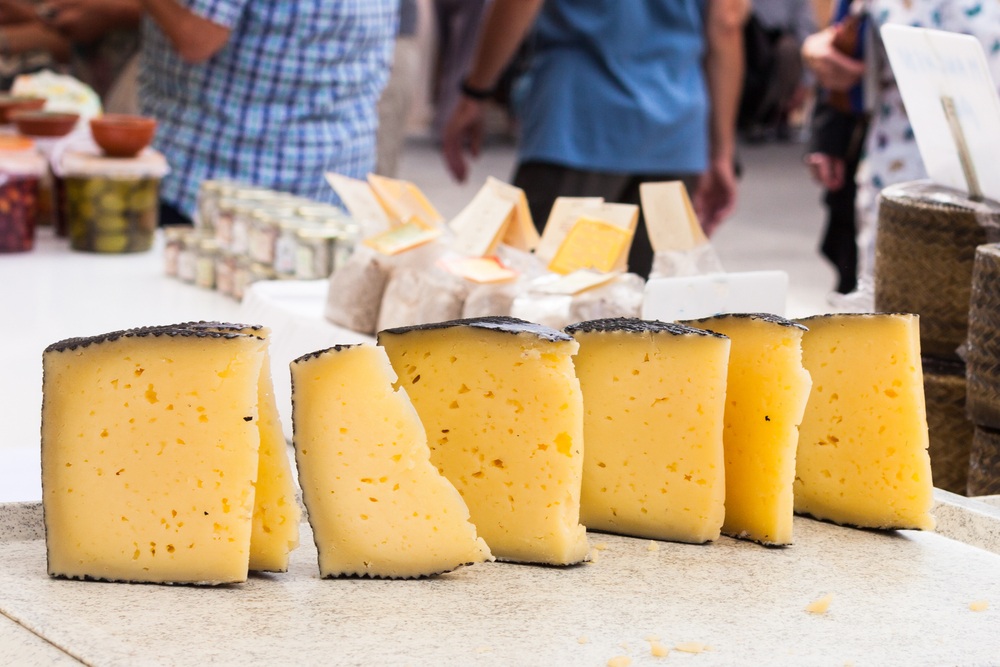
What many people don’t know is that agriculture is the seed of food tourism. In many ways, agritourism and food tourism tie in together and help strengthen each other especially when they’re supported by both locals and tourists. In fact, you might even find some people thinking that food tourism and agritourism are interchangeable terms, but they really aren’t.
Agritourism involves activities that center on understanding the source of food ingredients, the sustainability of the practices used to produce these raw ingredients, and the welfare of the animals cared for in local farms. In understanding the root of how food is produced, it becomes easier to fully grasp why food is prepared the way it is. All in all, it just gives you a stronger knowledge of why a locality’s food came to be the way it is.
Food and agriculture are complimentary industries, so when we support local food, we also fortify agricultural workers. Local food establishments will often source their ingredients from neighbors and friends who are local farmers, so the small amount you spend on the local food scene goes a really long way.
Who are Food Travelers?

The thing about food tourism is that you don’t really need to have anything in particular in order to be qualified. In fact, over 93% of travelers can be considered food tourists. Maybe you even engaged in certain activities on your last vacation that qualified you as a food traveler without you even knowing it.
The basic truth is that anyone can be a food traveler, all it takes is knowing what specific activities can bring you closer to the local community through their food. So if you’re thinking of becoming more of a food traveler than just a travel enthusiast, here are some tips to help you along the way.
Follow the Locals
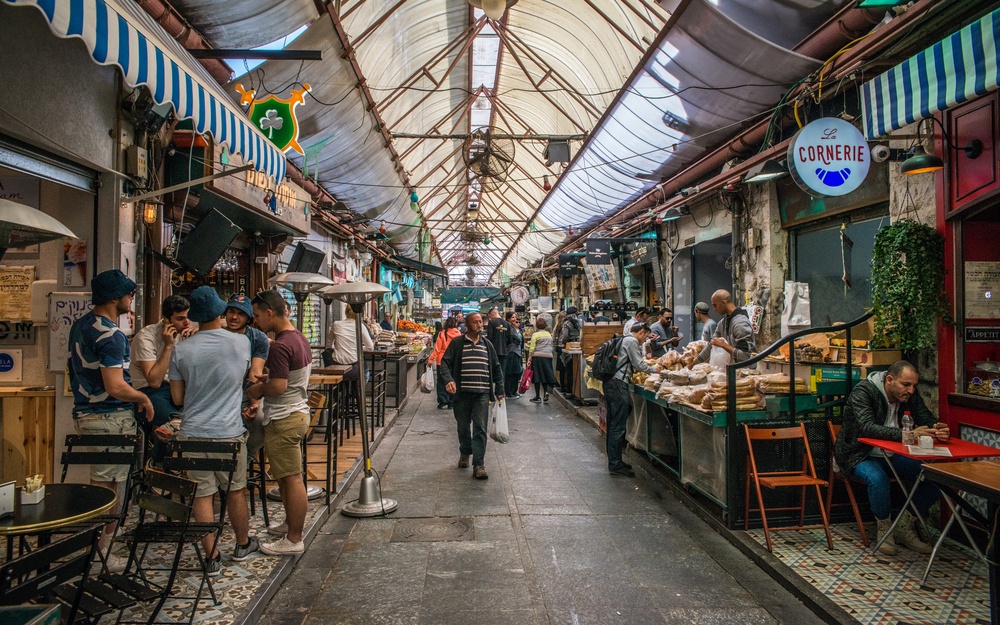
Locals will generally eat food that appeals to their tastebuds, and of course, you can expect that these recipes were probably also prepared in their homes throughout their childhood.
Unique concoctions that exist only in specific areas are the perfect reflection of tradition that’s been passed from generation to generation. So following the locals and seeking out where they eat should help you discover food choices that are a better representation of the culture.
While it helps to do your research, there’s no better way to taste authentic native food than following the locals themselves. Try to see where the people in the locality choose to dine and sit with them while they eat. Here you’ll find an immersive dining experience that brings you closer to cultural roots.
Brush Up on Local Produce
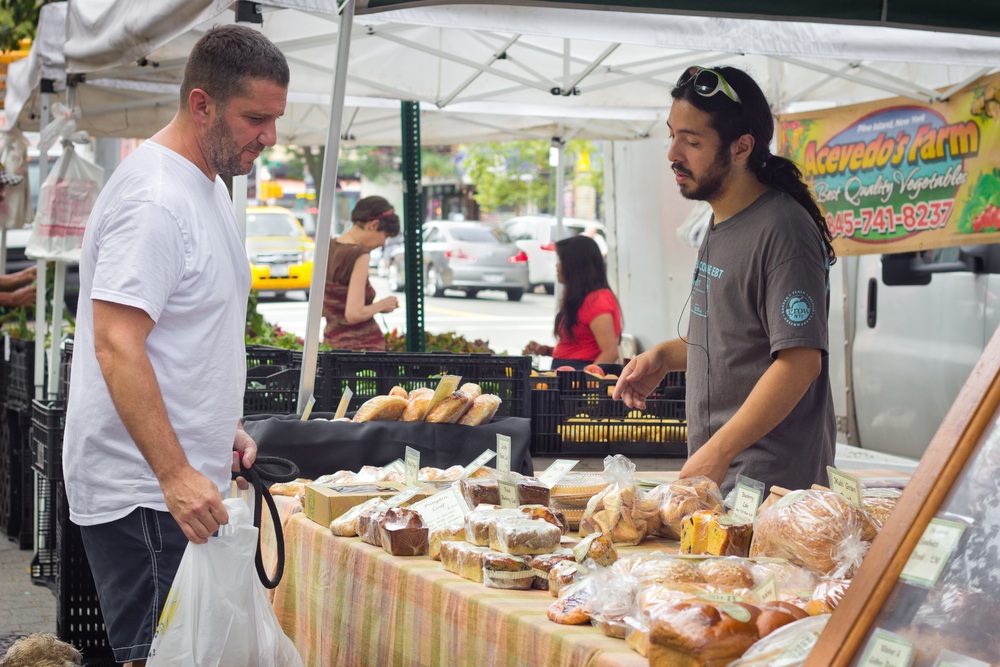
Did you know that specific localities will often have a ‘crowning glory of produce’ which they’re most likely popular for? Take for example Mexico where the avocado is highly sought-after, or the Philippines which is said to grow the sweetest and most succulent mangoes across the globe.
Simply knowing what produce a specific area is best known for points in the direction of the food you might want to sample. Of course, buying a few kilos of the raw fruit itself might be a good way to start. But locals will often get creative with their best produce, offering a range of concoctions that place the ingredient front and center with a melody of other food items that are staples in the local cuisine?
Case in point – the creme de papaya – a sweet, smooth, creamy papaya infused desert that’s beloved in Brazil – the second largest papaya producer the world over.
Dine Like Locals Dine
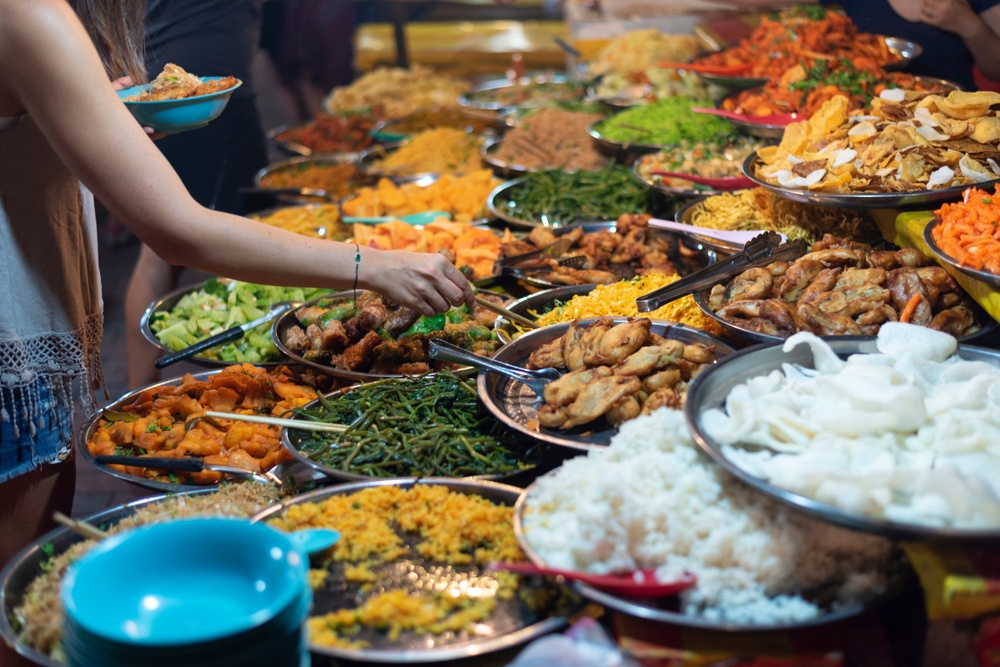
There’s more to food tourism that simply tasting the food and knowing how it came to be the way it is. There’s a special knowledge to be earned from eating food the way that locals do. So if they’re having a go at a certain dish with their bare hands, then follow suit. If they’re using chopsticks, then go ahead and do that too. If they’re using some other unique tool or method to eat a specific dish, then you best believe that’s how you should be eating it too.
Food tourism doesn’t just involve tasting food and figuring out how its flavors and the processes of its preparation speak about the culture, it’s about immersing yourself in the culture. So don’t shy away from outlandish dishes that require your full dedication. These are often the best ways to truly experience what it’s like to be a part of the locality.
Make a Mental Note of Food Safety
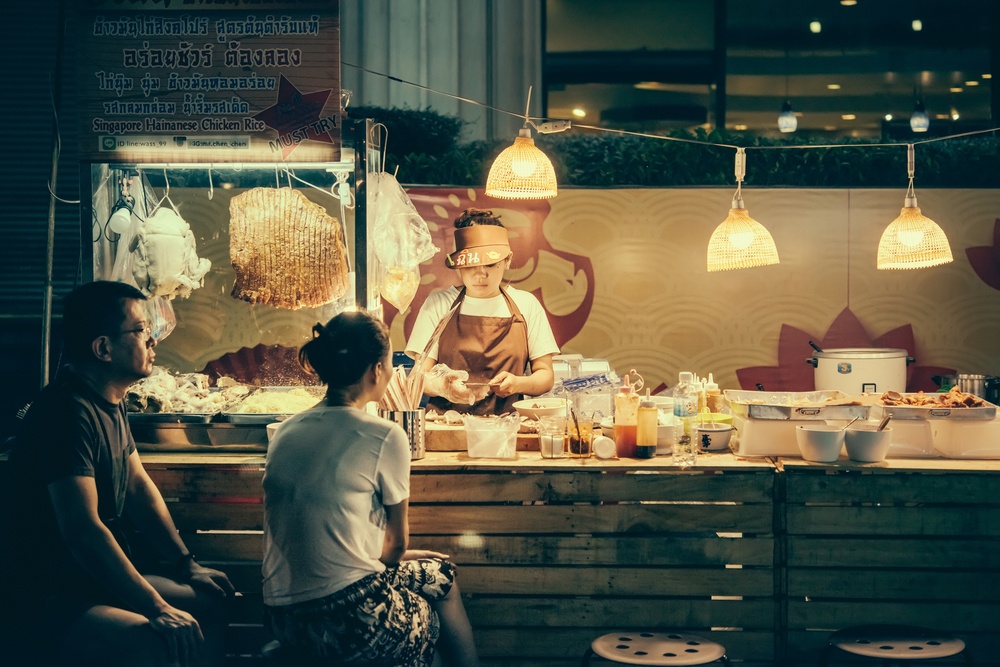
Even though you’re trying to be a little more adventurous when it comes to your food choices, that doesn’t mean you can be careless about food safety. There are lots of stories of tourists getting horrible stomach bugs after a night out on the local food scene. Keep in mind that avoiding these situations really depends on how well you sift through the choices presented to you.
As locals, the people around you will have a more well-adapted gut that can handle the different microbes and potential contaminants that exist in street food and other more affordable food options. As a tourist, your gut might not yet have been exposed to these substances, making it possible for you to develop an upset.
So whenever you search for local food choices, stay alert. Avoid stalls where the person cooking is also the one handling the money. Try to make sure that the food is well-cooked before eating it, and try to steer clear of options that seem to have been left out and exposed to open air for an extended period of time.
Final Thoughts
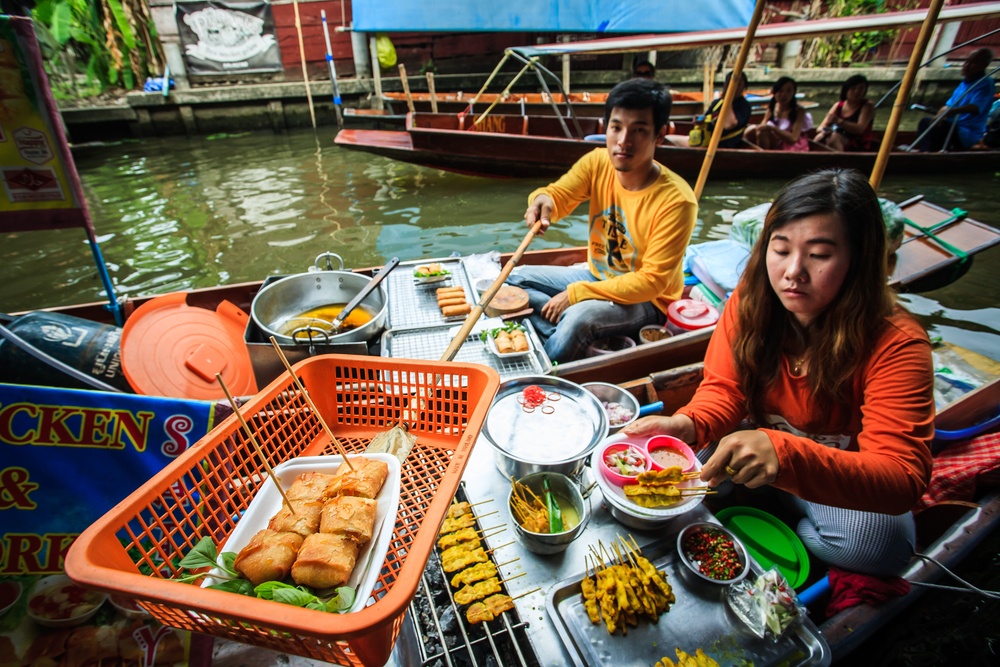
To truly experience a locality’s culture, it’s imperative that you take that dive and really roll around in the essence of their traditions and practices. So that involves everything from doing the things they do, to seeing the sights they often see, and of course, tasting the food that fuels their lives.
While it might be satisfying to wine and dine at a well-known top-tier restaurant, there’s a unique kind of satisfaction that comes with rubbing elbows with locals while you eat a hearty meal that they would likely prepare in the comfort of their homes. Food tourism promises to give us an in-depth experience that takes us closer to the heart of a culture through the flavors of their cuisine.
But aside from the personal learning that it might provide, food tourism also opens the opportunity for you to support a small, thriving economy operated by the locals themselves. So the next time you find yourself voyaging through an unknown destination, ditch the fast food and avoid those posh restaurants. Get up close and personal with the local culinary scene and discover what it truly means to be a part of the community.